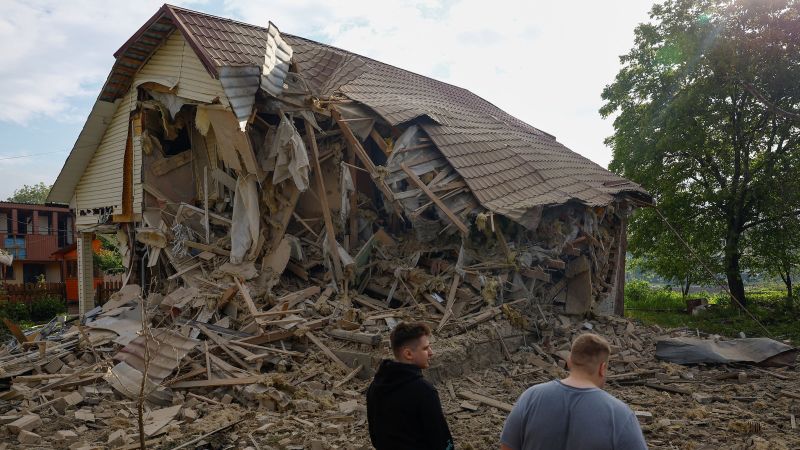Black Lives Matter Murals: Lasting Symbols of a Nation's Reckoning with Racism

The summer of 2020 witnessed a wave of unprecedented protests across the United States, ignited by the tragic death of George Floyd and fueled by decades of systemic racism. Among the most visible and enduring legacies of this period are the vibrant “Black Lives Matter” murals that now adorn streets in cities nationwide. These murals, initially painted as acts of solidarity and defiance, have evolved into powerful symbols of a nation grappling with its history and striving for a more just future.
From Protest Chant to Public Art
Before 2020, “Black Lives Matter” was primarily a rallying cry, a slogan chanted at demonstrations and shared across social media. The protests themselves, sparked by police brutality and racial inequality, brought thousands to the streets. As the movement gained momentum, communities sought ways to memorialize the moment and create lasting statements of support. The decision to paint “Black Lives Matter” murals in prominent locations—often on roadways previously associated with division and inequity—was a deliberate and impactful choice.
A Spectrum of Artistic Expression
These murals aren’t monolithic. Artists across the country have approached the project with diverse styles and perspectives. Some are bold and graphic, featuring the iconic phrase in striking colours. Others incorporate portraits of prominent figures in the fight for civil rights, or depict scenes reflecting the experiences of Black Americans. The murals themselves are often community-led initiatives, involving local artists, activists, and residents in the design and execution.
More Than Just Paint: Significance and Controversy
The murals have become more than just aesthetic additions to cityscapes. They serve as constant reminders of the ongoing struggle for racial justice and the need for systemic change. They offer a space for reflection, dialogue, and community healing. However, they haven’t been without controversy. Some critics argue that the murals are merely symbolic gestures, failing to address the root causes of racism. Others have questioned the use of public funds for such projects, particularly when communities face pressing needs in areas like education and healthcare. Despite these debates, the murals have undeniably sparked conversations and raised awareness about racial inequality.
Enduring Legacy and Future Impact
While the immediate fervor of the 2020 protests may have subsided, the “Black Lives Matter” murals remain. They serve as a visual testament to a pivotal moment in American history, a moment when the nation confronted its legacy of racism and pledged to do better. Whether their impact will be truly transformative remains to be seen, but these murals offer a powerful and enduring symbol of hope, resilience, and the ongoing pursuit of equality. They are a reminder that the fight for Black Lives is far from over and that the conversations sparked by the protests must continue.
Looking ahead, the preservation and protection of these murals will be crucial. As time passes, they will require ongoing maintenance and potentially face pressure from those who seek to erase them. However, their significance as historical and artistic landmarks warrants their continued protection, ensuring that future generations can learn from the events of 2020 and the enduring message of Black Lives Matter.





